in Thoreau’s Journal:
A northeast storm, though not much rain falls to-day, but a fine driving mizzle. This, as usual, brings the geese, and at 2:30 P.M. I see two flocks go over, faintly honking. A great many must go over today, and also alight in this neighborhood. This weather warns them of the approach of winter, and this wind speeds them on their way.

The brilliant autumnal colors are red and yellow, and the various tints and shades of these. Blue is reserved to be the color of the sky, but yellow and red are colors of the earth-flower. Every fruit on ripening, and just before its fall, acquires a bright tint. So do the leaves; so the sky before the end of the day, and the year near its setting. October is the red sunset sky, November the later twilight. Color stands for all ripeness and success. The noblest feature, the eye, is the fairest-colored, the jewel of the body.
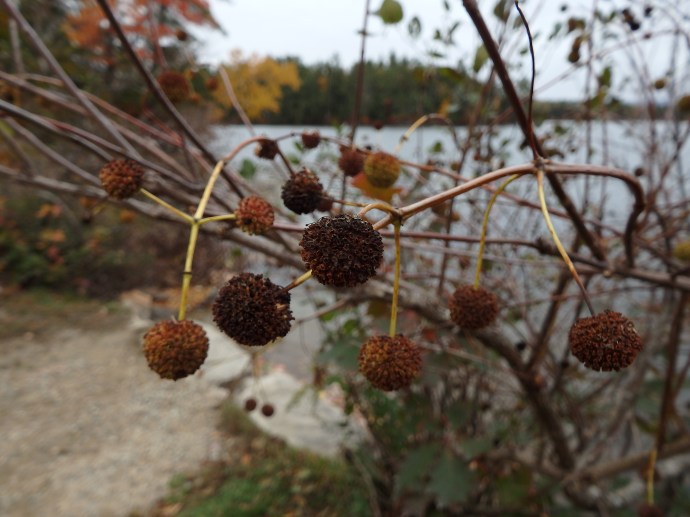
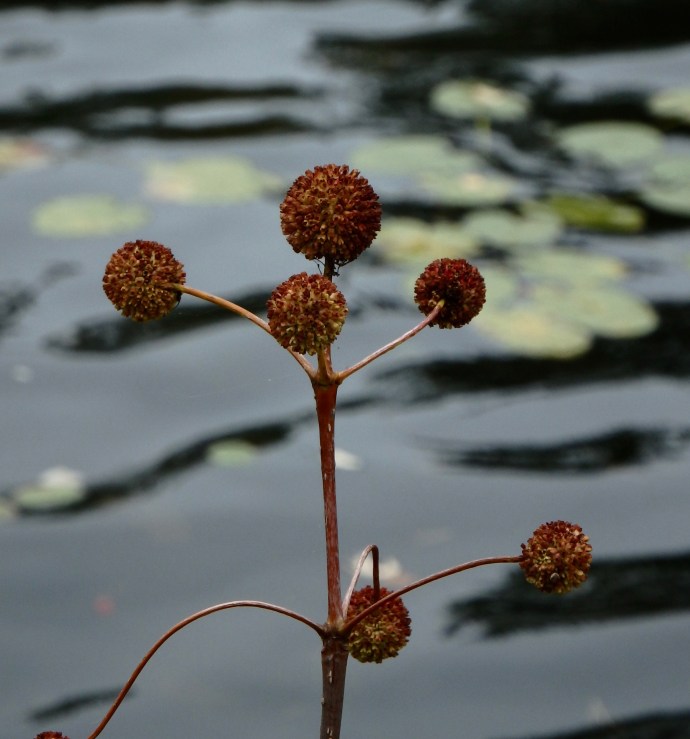


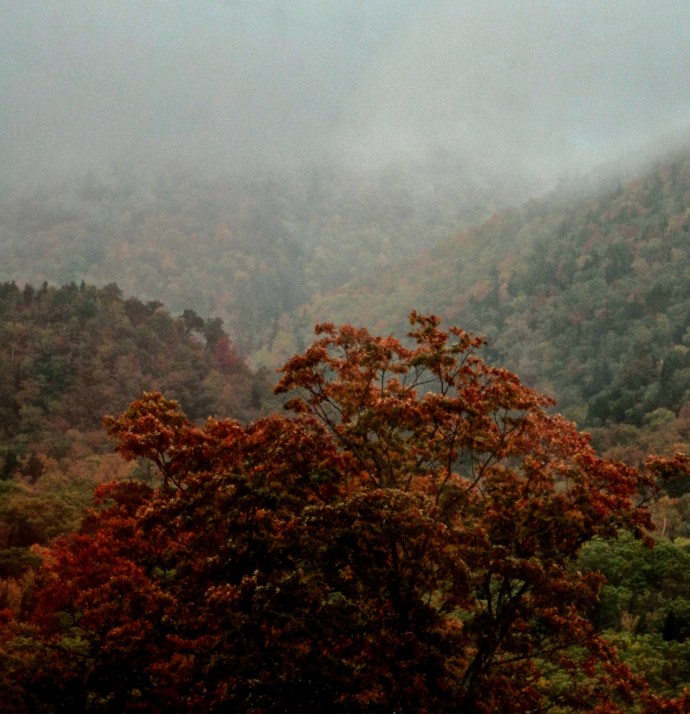




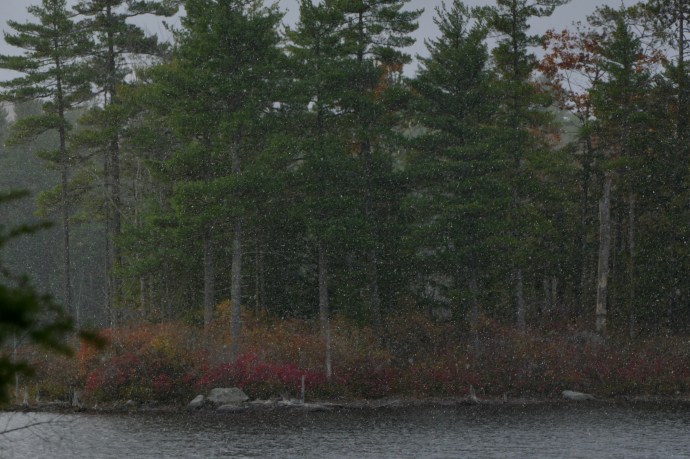








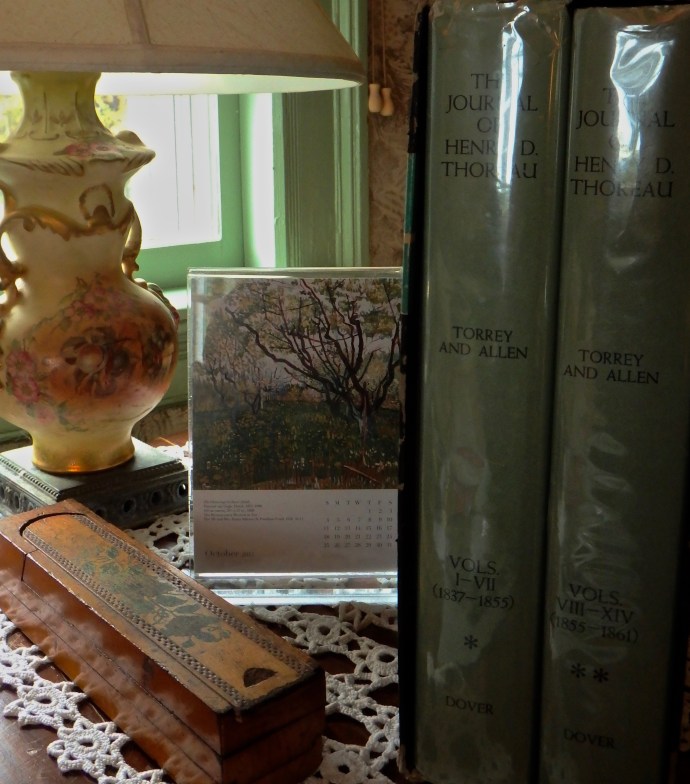



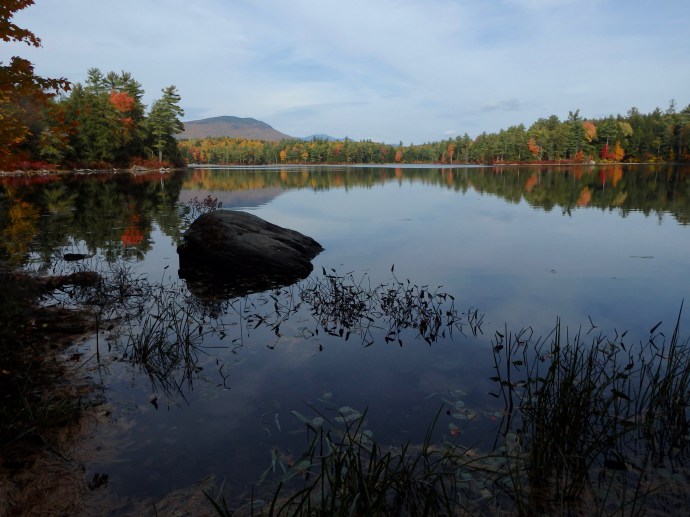
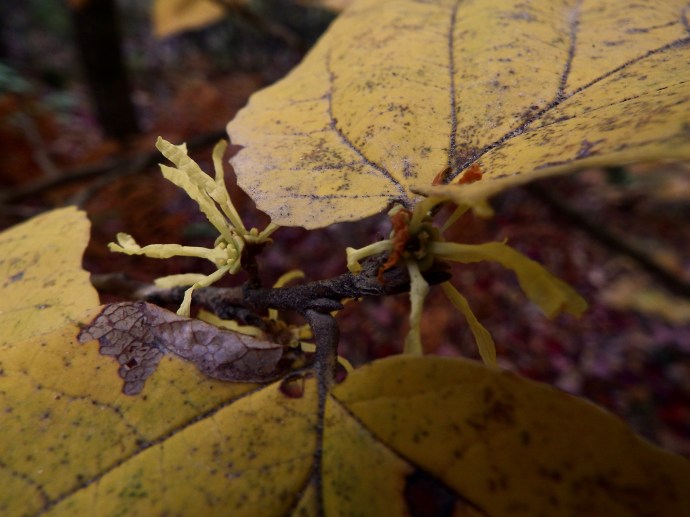

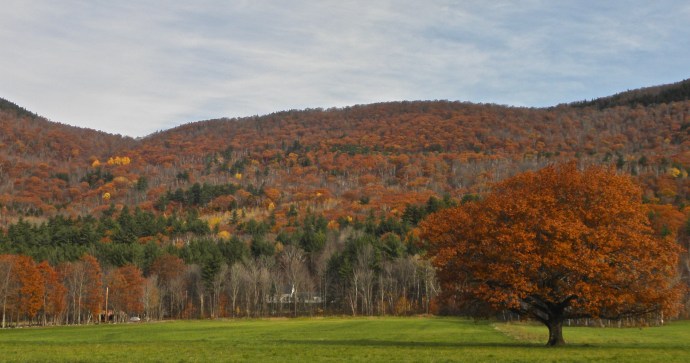

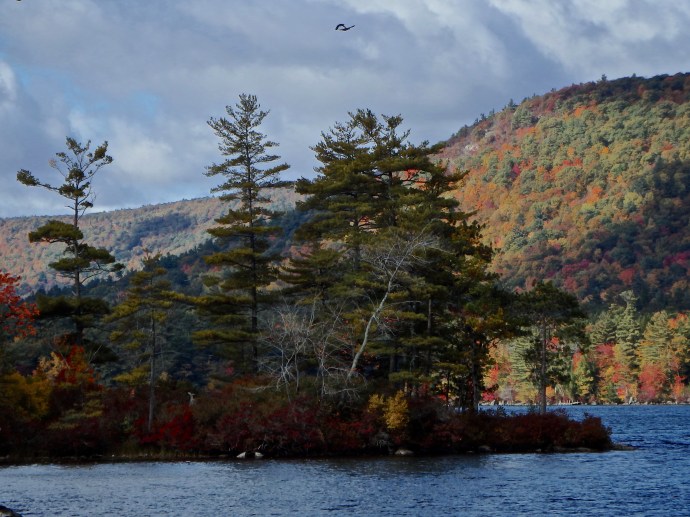

You must be logged in to post a comment.